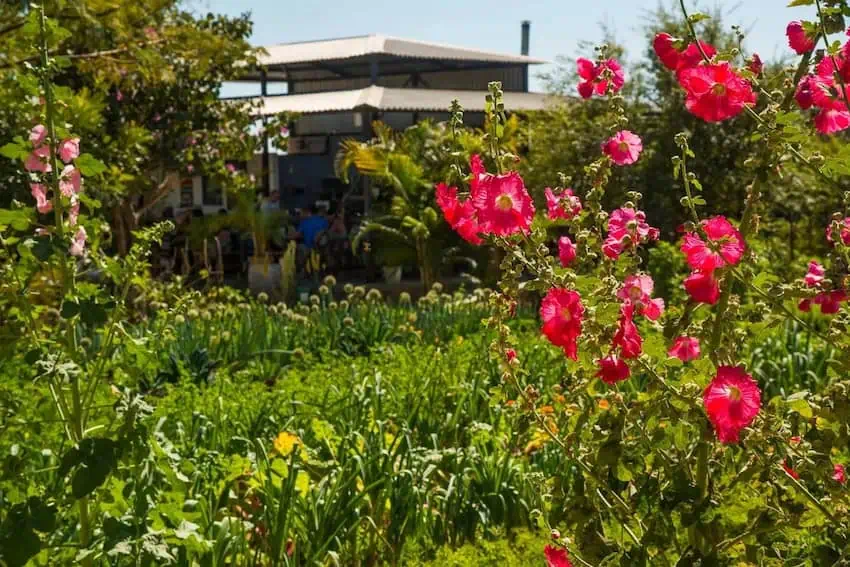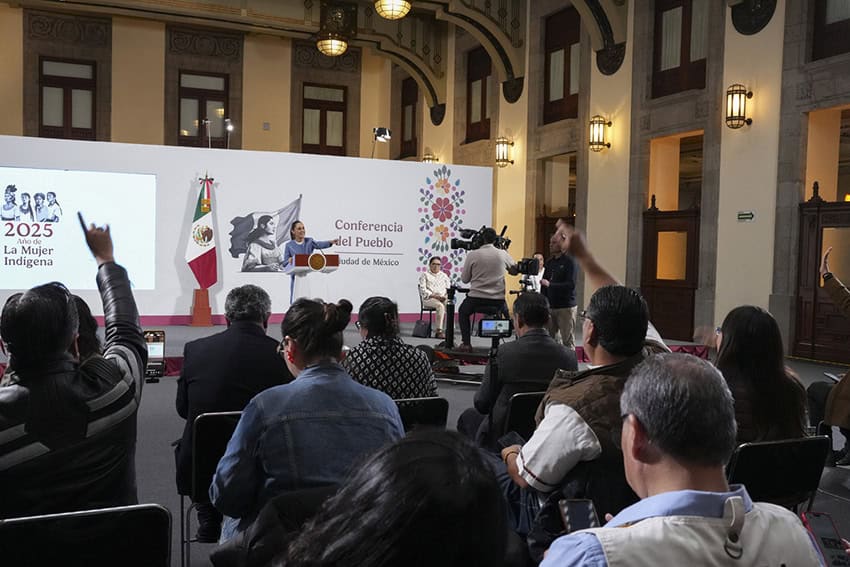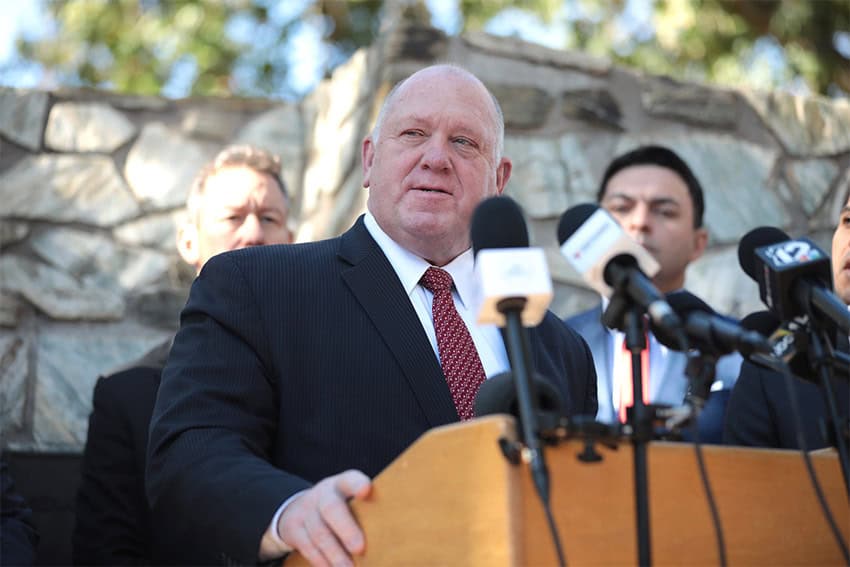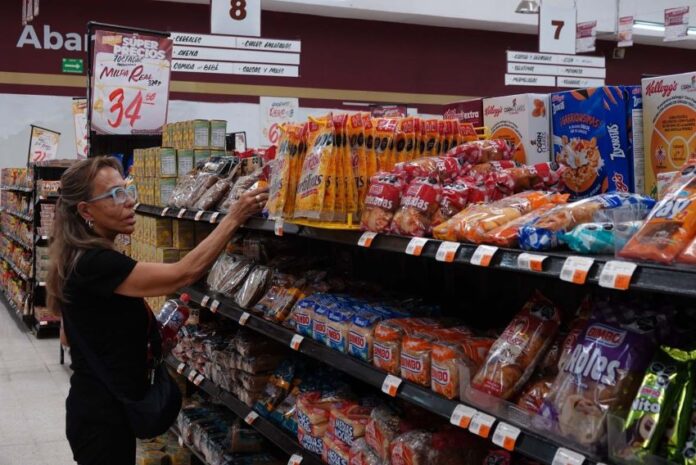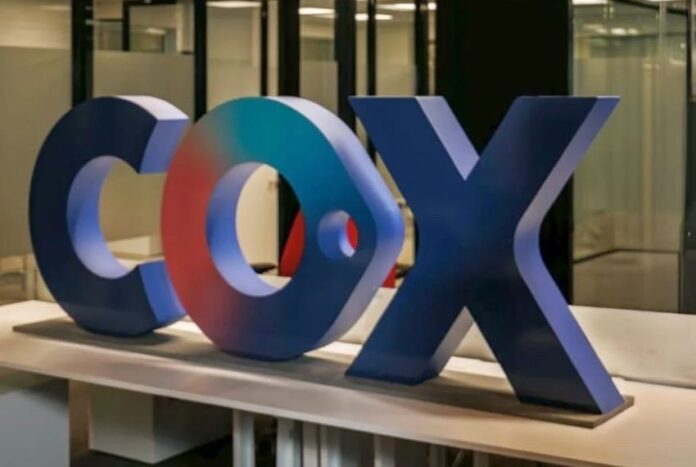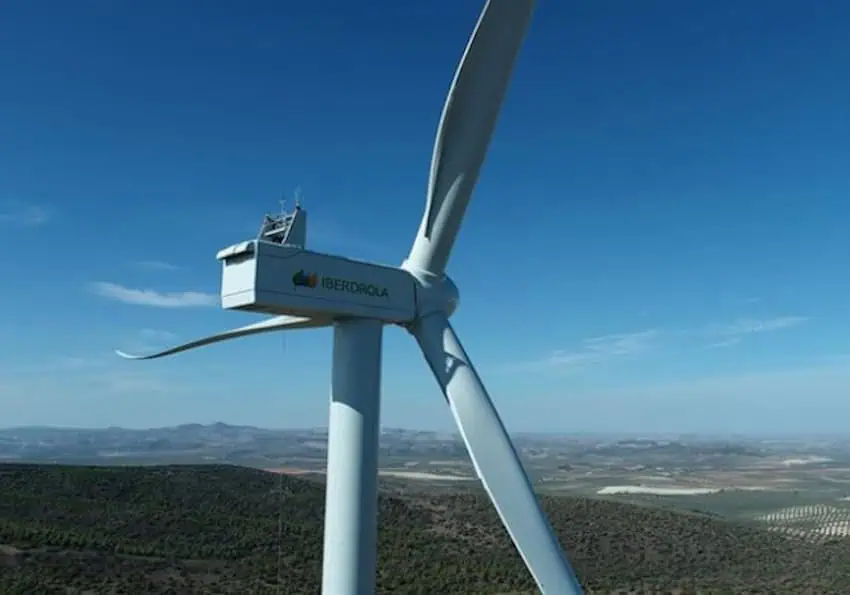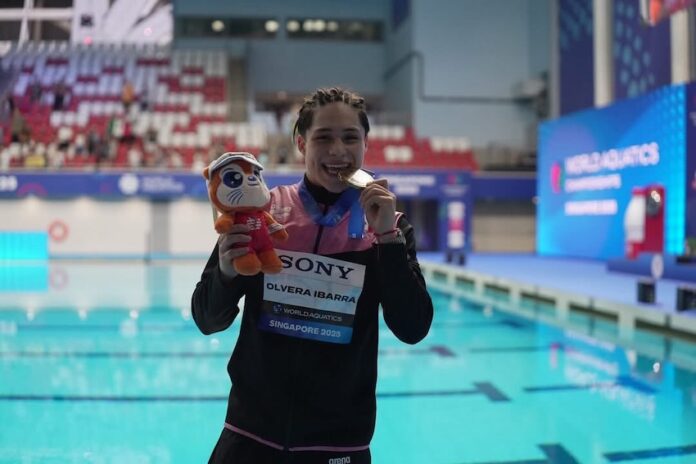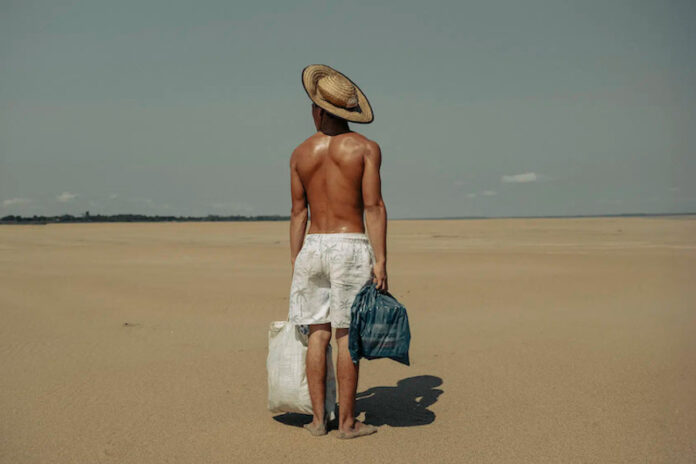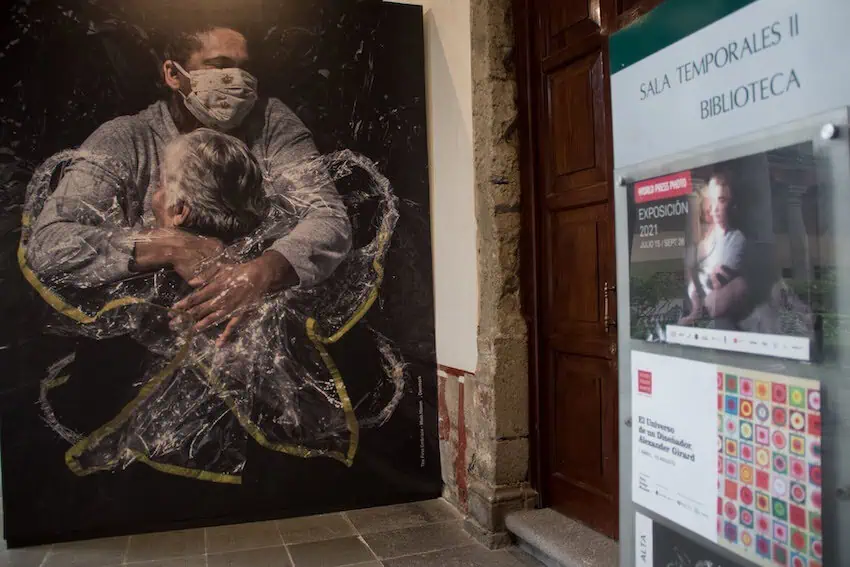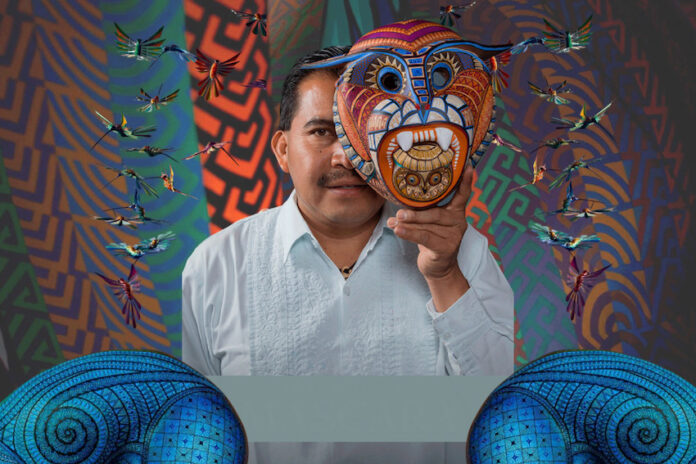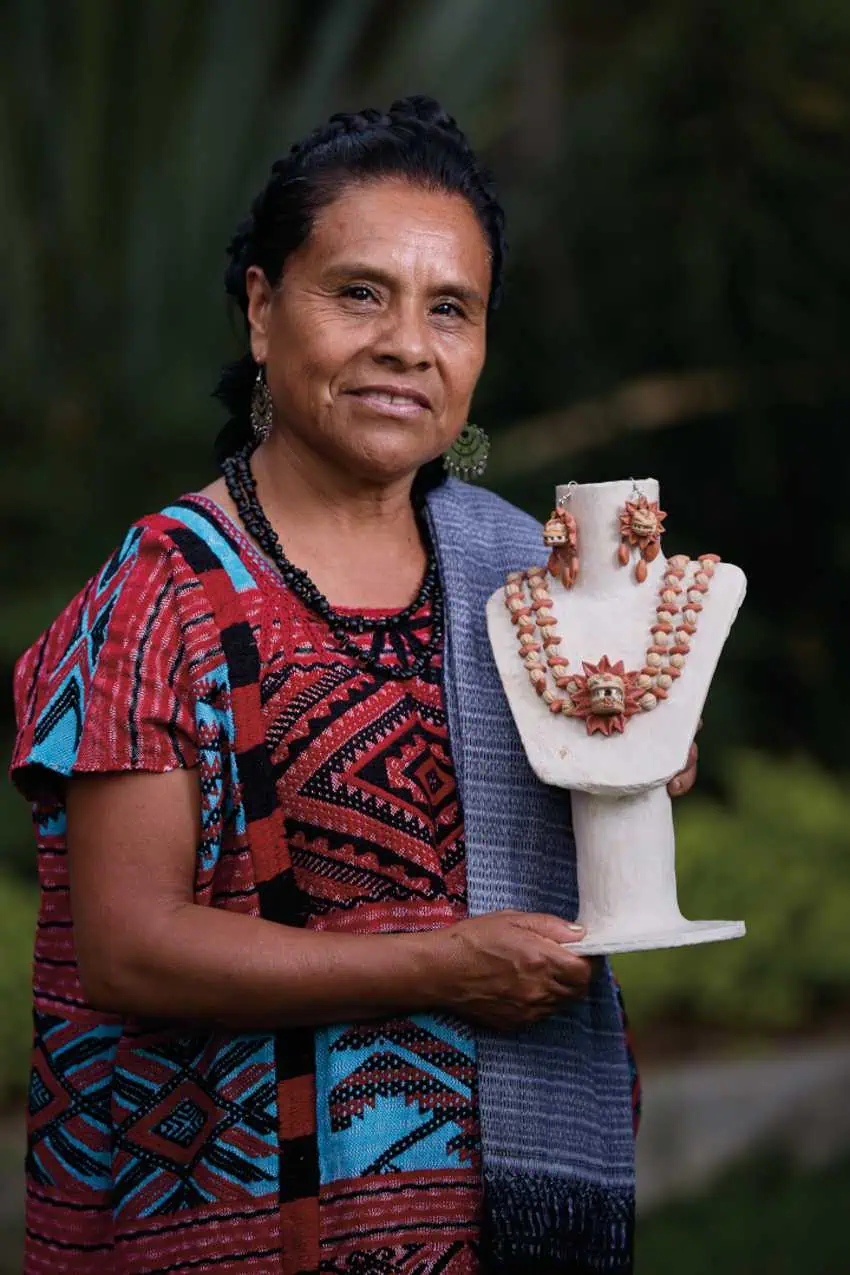August is one of the most active months on San Miguel de Allende’s cultural calendar, offering something for every taste: art, music, wine, workshops, theater, and more.
FASMA
View this post on Instagram
The most important summer arts festival in town. From August 1 to 17, enjoy over 100 cultural activities including concerts, exhibitions, theater, workshops, lectures, and literary presentations at various venues throughout the city. It features international collaborations and participation from local institutions such as the National Institute of Fine Arts, Museo La Esquina, Instituto Allende, Fábrica La Aurora, and the Public Library. For the full program, click here.
Date: August 1-17
Location: Instituto Allende, Teatro Santa Ana, Centro Cultural Ignacio Ramírez, etc…
Cost: Depends on the event
Art Walk
![]()
Fábrica La Aurora invites you on Saturday, August 2, to celebrate the traditional Art Walk, where you can mingle with artists and their works in an extraordinary atmosphere. Don’t miss live music at the factory’s restaurant either!
Date: Saturday, August 2, 5–7 p.m.
Location: Fábrica la Aurora s/n
Cost: Free
Zandunga: Gil Gutierrez and Friends
![]()
Zandunga is a charming countryside venue about 15 minutes from San Miguel de Allende, featuring live jazz and blues with guitarist Gil Gutíerrez and his wife, Rebecca. Much of the ranch was hand-built by Gil and friends, offering a delightful open-air setting blending indoor and outdoor spaces. Zandunga also hosts art exhibits, concerts, and private events, making it perfect for unique gatherings near San Miguel de Allende, Guanajuato. Buy tickets at Hernández Macías 129 on Mondays, Wednesdays, and Fridays from 10 am to 3 pm.
Date: Sunday, August 3, 1–5 p.m.
Location: Rancho Zandunga
Cost: 800 pesos
The 8 Seasons of Vivaldi
![]()
A must for chamber music lovers, Casa Europa México presents “The 8 Seasons of Vivaldi and Piazzolla” featuring Adolfo Alejo and the Kukulkán Kamerata. Alejo, a leading figure in classical music in Mexico and recognized by Forbes as one of the “most creative Mexicans in the world,” captivates audiences with impeccable technique and deep expressiveness. Tickets available online or at the Casa Europa México box office.
Date: Thursday, August 7, 7 p.m.
Location: Casa Europa México, San Francisco 23
Cost: 400 pesos
Folkloric Dance
![]()
If you love Mexican traditions and art, celebrate half a century of dance, color, and tradition with the Ballet Folklórico Representativo de San Miguel de Allende, founded in 1975 by Maestra Gloria Rodríguez Navarrete and officially recognized in 1998 as a representative group of the Casa de la Cultura. The troupe features three generations — children, youth, and adults — and has performed hundreds of shows in Mexico and abroad.
Date: Thursday, August 14, 6 p.m.
Location: Casa Europa Mexico, San Francisco 23
Cost: 200 pesos
Tribute to Mercedes Sosa
![]()
Get ready for an extraordinary and emotional night with Liliana Medrano in “Tribute to Mercedes Sosa” at Casa Europa México. Join on August 21, 2025, at 7:00 PM for a moving journey through the timeless music of “The Voice of Latin America.” Liliana Medrano is an acclaimed vocalist known for her powerful and authentic interpretations, reviving Mercedes Sosa’s legacy with talented musicians, promising a touching and unforgettable experience.
Date: Thursday, August 21, 7 p.m.
Location: Casa Europa México, San Francisco 23
Cost: 450 pesos
The Young Actors of San Miguel proudly present: Alice in Wonderland
![]()
Dive into a world of wonder with this charming theater adaptation of “Alice in Wonderland,” performed by young actors of San Miguel de Allende. Follow Alice on her whimsical journey after the White Rabbit, meeting eccentric characters like the Mad Hatter and the Queen of Hearts. This family-friendly English show features imaginative costumes, magic, and fun for all ages. Presented Friday and Saturday, August 22 and 23 at 6 p.m. at Teatro Santa Ana de La Biblioteca. Entry by donation of 220 pesos. Don’t miss it!
Date: Friday and Saturday, August 22 and 23, 6 p.m.
Location: Teatro Santa Ana de La Biblioteca
Cost: 220 pesos
Literature Seminar
![]()
Mexican writer Julián Herbert presents his book Overol. Notes on recent Mexican narrative in conversation with Carmen Rioja as part of the Literature Seminar at the Public Library.
Date: Saturday, August 23, 1 p.m.
Location: Teatro Santa Ana de La Biblioteca
Cost: Free
Viva la vid
![]()
The grape harvest season begins. Save the date for Saturday, August 30, for an unforgettable experience in San Miguel’s vineyards. Enjoy delicious food, live music plus a DJ, unlimited wine, a welcome kit, and participate in the traditional grape stomping. Buy tickets soon, as space is limited.
Date: Saturday, August 30
Location: Viñedo San Miguel, Carretera Comonfort San Miguel de Allende #1, 38206 Comonfort, Gto
Cost: 2,700 pesos


